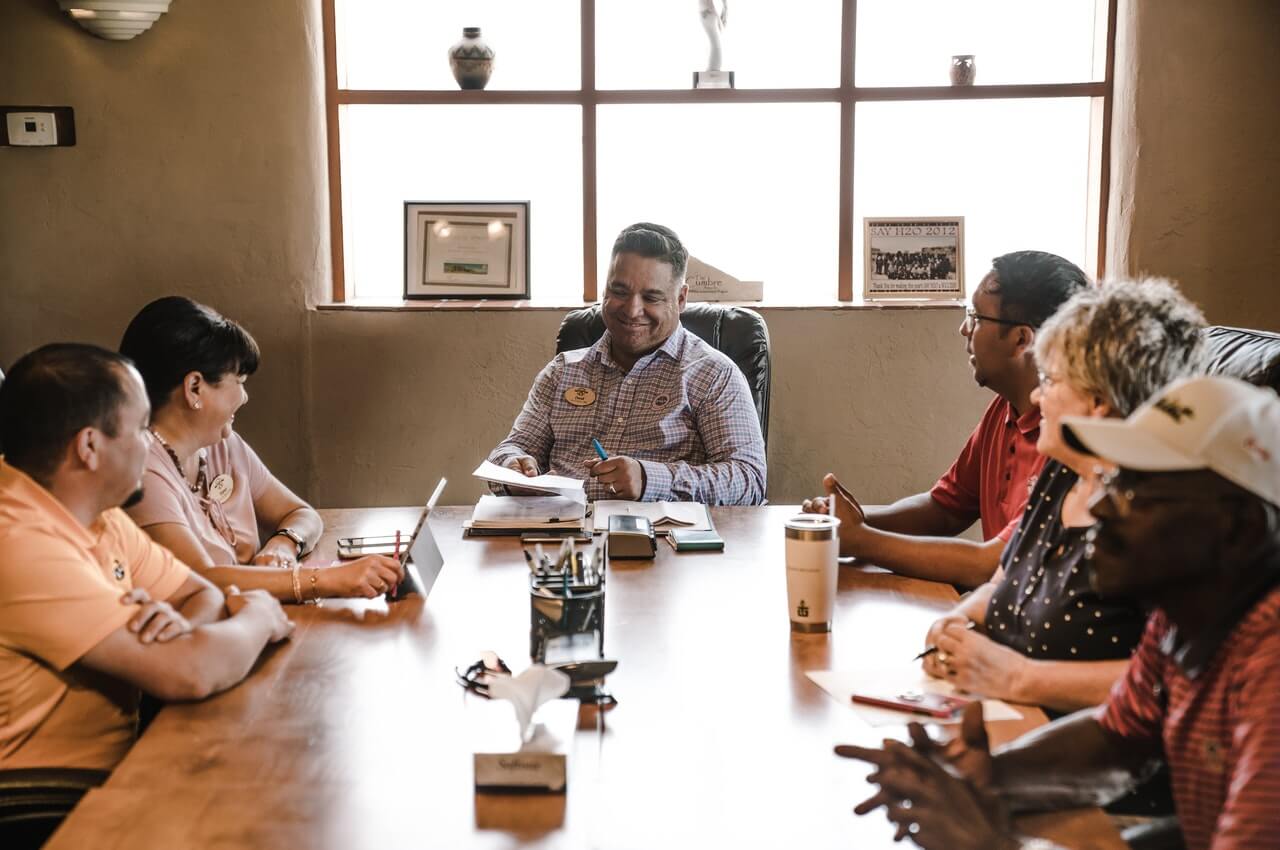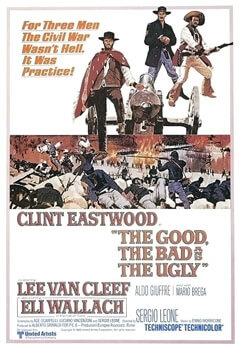We aren’t the only ones concerned with training outcomes.
According to an Army Times article title, Soldier Training is in For a Big Overhaul, Lt. Gen. Benjamin C. Freakley, commander of Accessions Command, says “We sometimes get overly focused on goals — passing a PT test, qualifying with a weapon, learning Army values and being a good follower in basic training.”
 “Is that what we want,” Freakley asked, “or do we want soldiers who not only know Army values, but internalize them; who are proud to be a member of a team, and whose pride motivates the team to a higher performance level?”
“Is that what we want,” Freakley asked, “or do we want soldiers who not only know Army values, but internalize them; who are proud to be a member of a team, and whose pride motivates the team to a higher performance level?”
In my last post, I talked about Leadership Training in Five Ways to Look at Bosses — a Leadership Training Profile and used the military as an example of type of program that gets results. Now, at a more basic level of everyday training, the military is discovering that in today’s complex world of fighting, there is the need for soldiers to adapt quickly and discovering that outcome-based training is better plan and is making changes in how they are training the troops. This is the most sweeping change for military training in general in four decades.
According to the Army Times, the current operational environment as one of “persistent conflict” that is complex and multidimensional, requiring initiative and adaptability at all levels. This, in turn, has led the training community to become less concerned with processes than the outcome of training. As should we the corporate, business and government trainers, whose world is also “complex and multidimensional.” There’s no doubt that initiative and adaptability is also on our list of desirables when training.
While outcome-based education has its naysayers who say it breeds mediocrity by lowering success standards to meet student inadequacy, some training pundits say there can be the tendency to do that with training. They say teachers and schools want the good numbers OBE can deliver at the expense of the students. To make it happen means lowering the standard so everyone is successful; but I disagree that trainers can be tempted to do the same. The Army seems to agree with me that mediocrity is not the goal. It can’t be. How can we avoid mediocrity in the outcome?
Look for Innovation in Process.
 Good training needs assessments, established standards and performance requirements and identifying the most desirable results make outcome based training a whole other matter. Don’t compromise the need because it’s difficult to get there. Keep the need and be innovative in the process to find a way to make it happen.
Good training needs assessments, established standards and performance requirements and identifying the most desirable results make outcome based training a whole other matter. Don’t compromise the need because it’s difficult to get there. Keep the need and be innovative in the process to find a way to make it happen.
We accept innovation in most processes, especially if it makes the end product more profitable. If we train the same way, aren’t we doing the same thing. We should look at the whole picture, but we get caught up in trying to minimize to maximize the output. We’re still trying to do the same thing here, but putting the focus on the outcome and exploring new techniques to get there. It really doesn’t sound any different than creating a needs assessment, developing a training plan and implementing the training plan to get there. Often, once through the training, we check off training accomplished without really knowing it has taken.
Identify a Standard of Success.
Freakley said the standard for success under Outcome-Based Training is for the drill sergeant and company commander to look at a soldier and ask themselves whether they would feel comfortable taking that individual into combat.
“If the answer is yes, then you have done your job,” he said. “If the answer is no, then we have to determine if the soldier is trainable.
The same should hold for us. Our corporate or business combat is of a different nature, but if we don’t get what we want we should keep trying and adapt. If the job looks impossible we have to move that individual or get rid of him, but I’m for re-training, if he or she is willing, and still wants to be with the company.
In the military, the major objective of outcome-based training is to transform civilian volunteers into soldiers who immediately can contribute to mission accomplishment in their first unit of assignment. Of course the training continues beyond that for each additional mission.
Drill sergeants and other training officials strive to produce soldiers who are:
• Proud team members who possess the character and commitment to live Army values and the warrior ethos.
• Confident, adaptable, mentally agile and accountable for their own actions.
• Physically, mentally, spiritually and emotionally ready to fight as a ground combatant.
• Masters of critical combat skills and proficient in basic soldiering skills in all environments.
• Self-disciplined, willing and adaptive thinkers, capable of solving problems commensurate with position and experience.
This is not unlike at all what we want for our trainees; only the specific adjectives are different. We definitely want to train the basics.
Assessment.
If we are process oriented, we may lose sight of the results. You can teach it, but can you use it? This brings me to the assessment portion. How can you tell if your training has been successful. You can ask questions, present hypothetical situations, but reall test is in the results, ironically.
Better yet is to keep adding to the training, provide groups that promote actions that keep us centered on outcomes. We have what we want. Trust our trainees to use the abilities we sought to develop; you can’t go wrong to reinforce the confidence you have in them.

An aside. I have always been one to look everywhere for answers, to ask questions, to want to know about a lot of things. Some people want to know how machines work, how computers work, how numbers work; but I’ve always wanted to know what makes people work. Perhaps, that’s the social psychologist in me rather than the trainer.
A book on leadership by Dr. Wes Roberts and Bill Ross from 1989. Some might consider it high on storytelling and low on training explanation, but sometimes a little makes you dig for more once your interest is piqued. Its title: Leadership Lessons from Star Trek-The Next Generation, MAKE IT SO. It does seem to be trait-oriented by they way it is chaptered. The book presents scenes from the series where leadership was on call, when those desired outcomes of training as a Starfleet officer was definitely needed. Captain Jean Luc Picard seemed to have the right outcome-based training to handle “complex and multidimensional” situations with “initiative and adaptability.” Imagine that, and from Hollywood. Do you suppose they had a trainer to advise the writers? It is a different way of looking at leadership and by a reverse look at the results, and it appears the training was outcome based, but that is only my opinion.
—
For more resources about training, see the Training library.




























